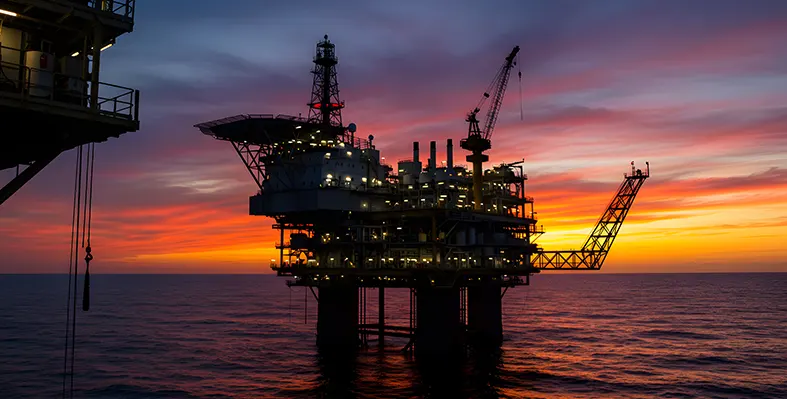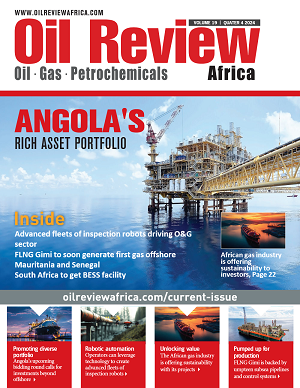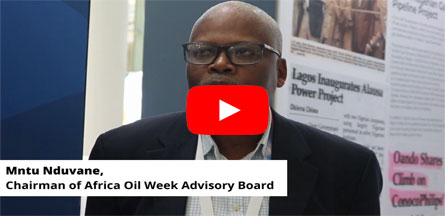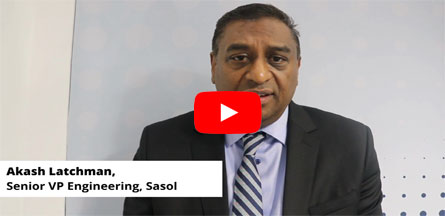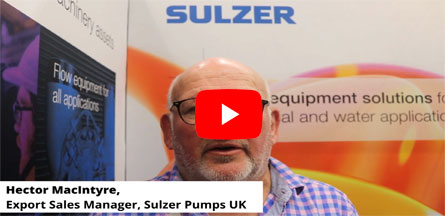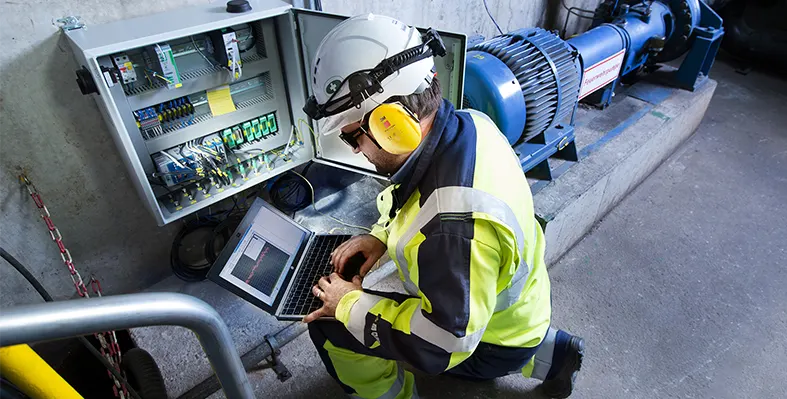Victoria Oil & Gas (VOG) has announced the completion of the second phase of construction on a gas pipeline to central Douala, Cameroon
VOC, who commissioned and constructed the 13.2km pipeline, said the installation would provide the exploration and production company with access to more than 20 large industrial energy consumers in the area.
It said that it expected gas deliveries to customers from Logbaba to start later this month with first revenues expected in July 2012. The firm added that it anticipated sales of 1 million standard cubic feet per day (mmscf/d) from July 2012, which it said it expected to increase to 8 mmscf/d by the end of 2012.
“This is predicated on continuous production operations commencing in June 2012 when it is anticipated that three customers will have been certified as ready to take delivery of gas, including one large 24-hour bottle wash plant operation,” said a statement issued by VOC.
“A further five customers are at an advanced stage of completing their conversion requirements.”
The firm also announced the completion of an equity placing of US$4.9 million, an additional drawdown of $1.2 million of loan finance and the renewal of an existing Standby Equity Distribution Agreement (‘SEDA’).
VOG chairman Kevin Foo said, “The additional drawdown under the loan, the placing and the standby SEDA facility provides the company with greater financial flexibility ahead of becoming a cashflow positive company.
“In addition, we are currently in discussions with several parties in relation to a potential large debt facility to secure long-term funding for the Logbaba production operation,” he added.
It is understood that the company will used the funds raised through the placing and loan as a bridge to positive cashflow and the long-term debt funding of production operations in Cameroon.









